LC-MS & MS Imaging Technologies
Omics phenotyping characterises important biochemical changes caused by different conditions. These include the onset and cause of clinical diseases, genetic modifications and the effects of therapeutic interventions, nutrition, and lifestyle. This phenotyping approach has a large bearing on drug discovery and drug development. In addition, in the quest to achieve a true systems biology understanding of organisms and their diseases, it plays a significant role in integrating knowledge at all levels of biology.
The LC-MS facilities at SPC include high-resolution quadrupole/time-of-flight (QToF) mass spectrometers for untargeted profiling and biomarker discovery and tandem quadrupoles (TQ) for quantitative targeted analysis of biomolecules. There are also nanoLC with ion mobility ToF MS systems for challenging proteomics measurements consisting of complex mixtures of proteins covering several orders of magnitude dynamic range and where sample quantity is limited. Ion mobility separation allows biomolecules to be separated not only by their hydrophobic/hydrophilic properties (RT) and mass (m/z) but also by their size and shape (collisional cross section).
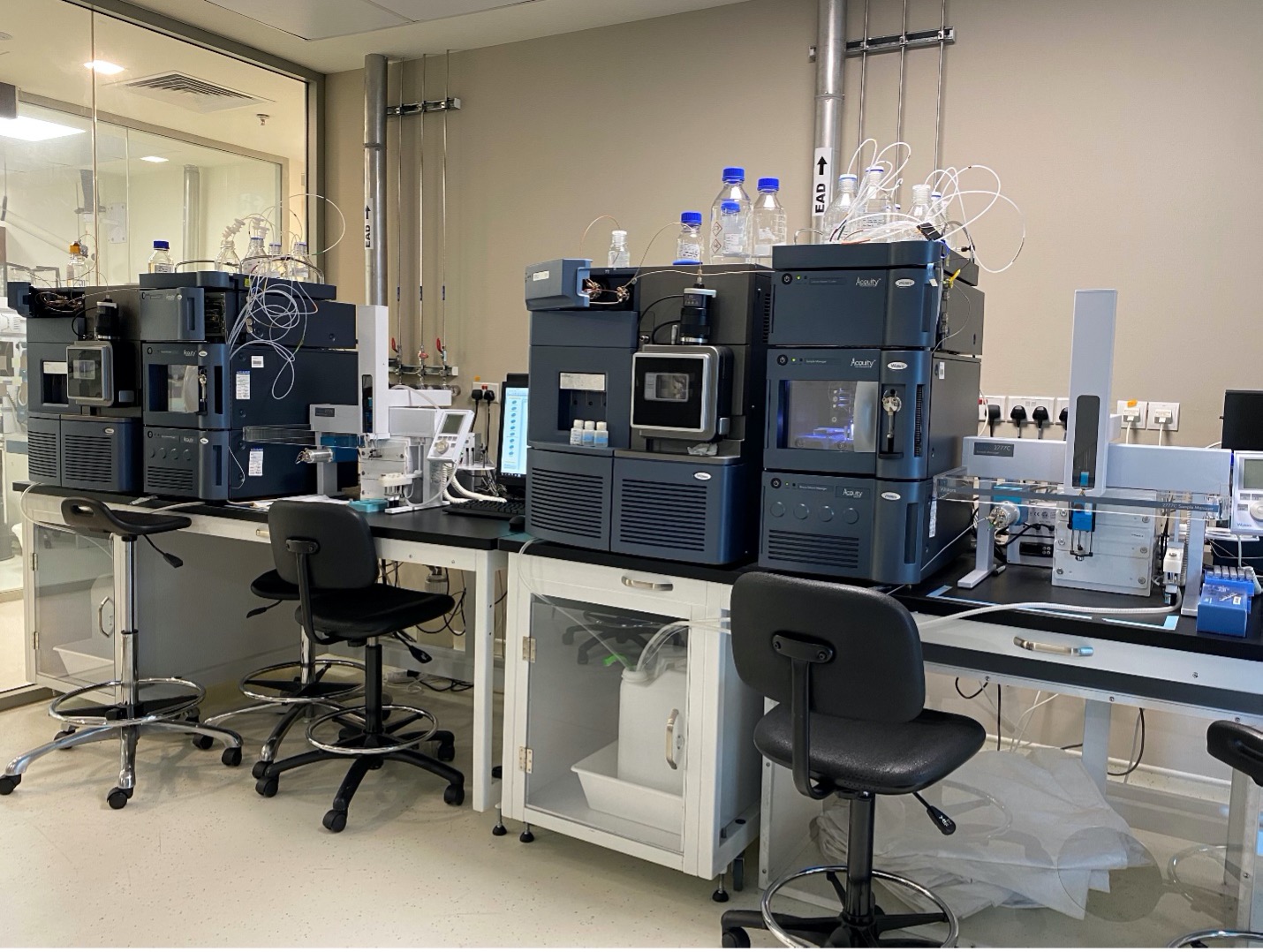
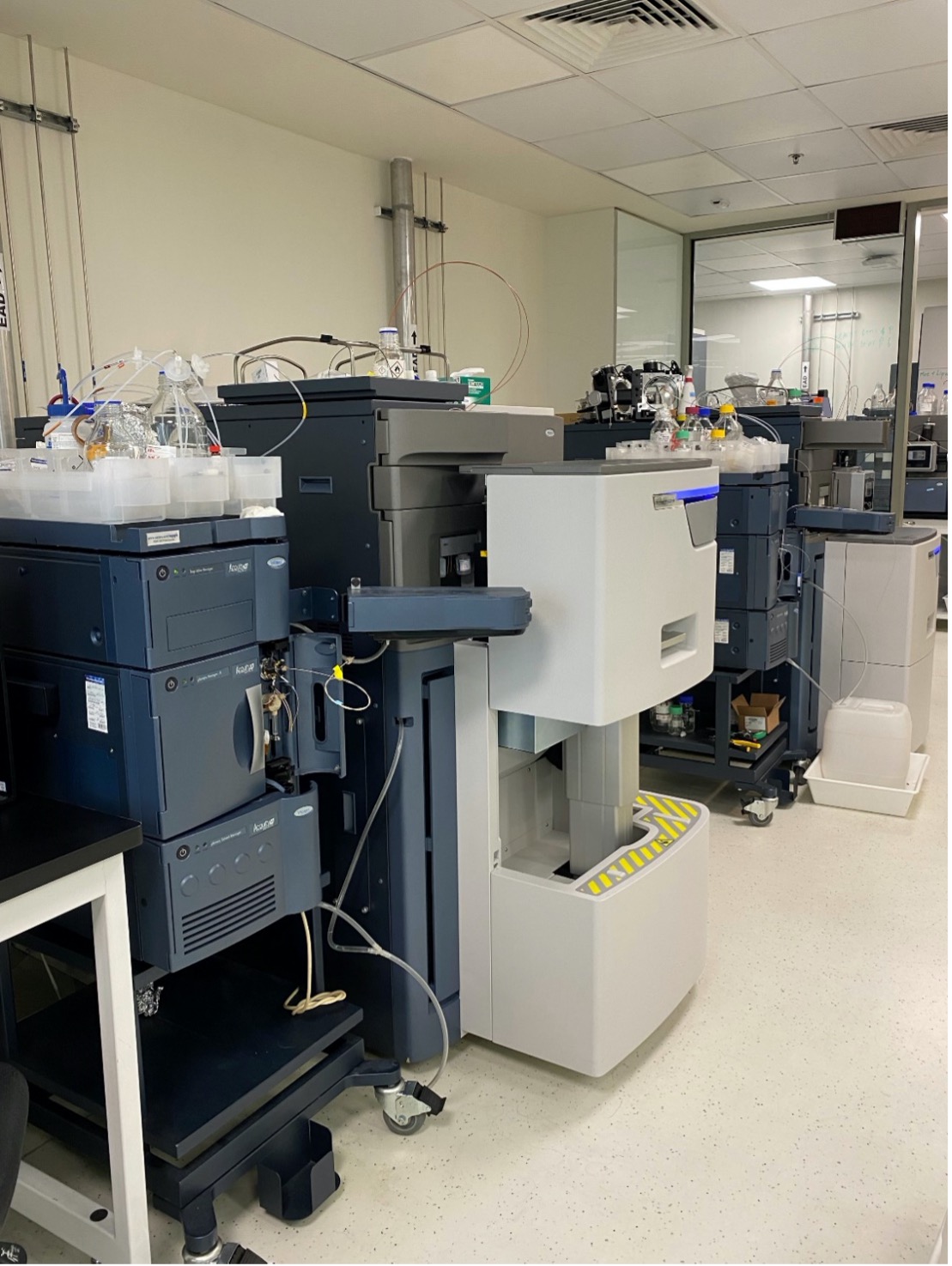
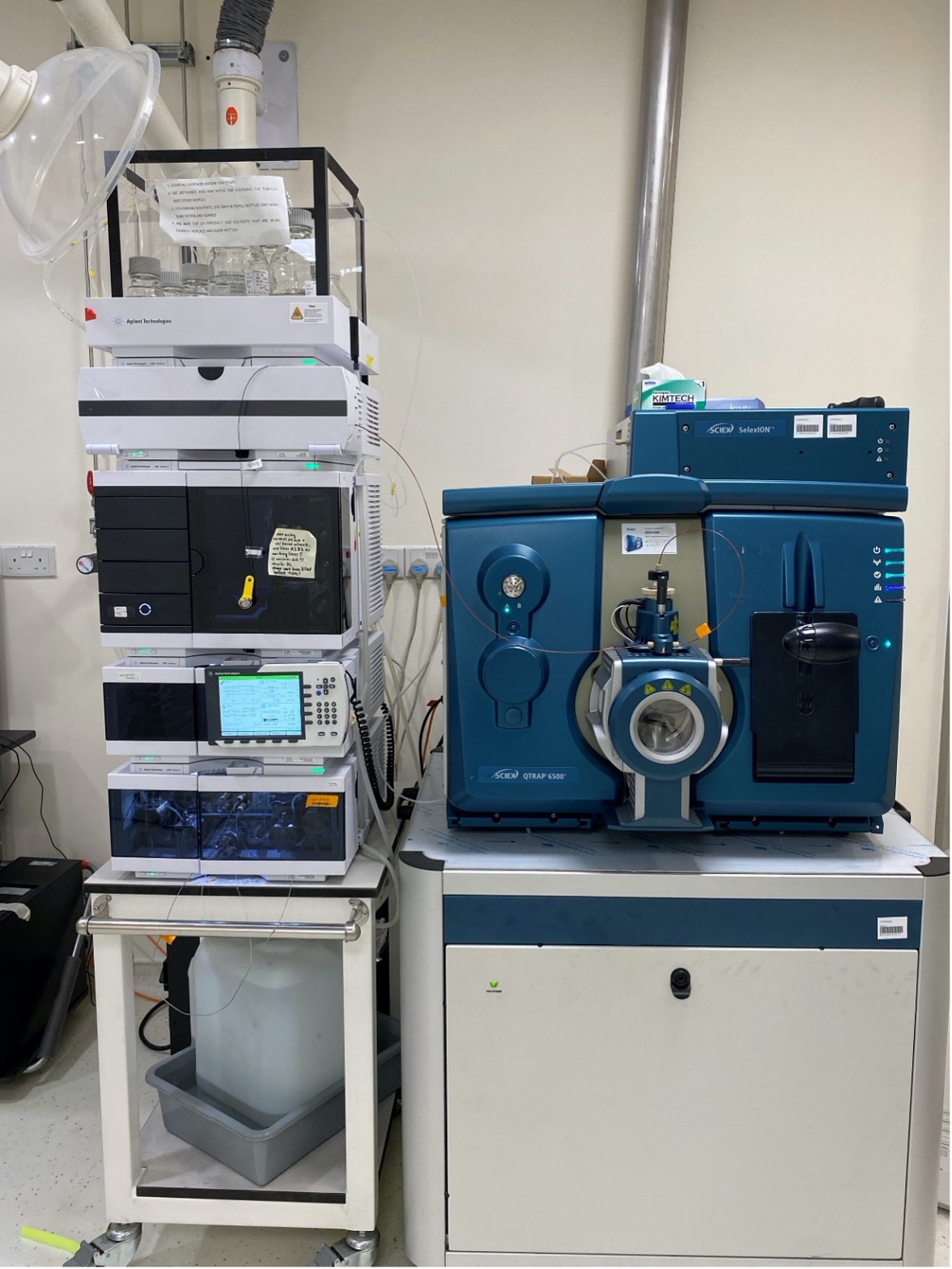
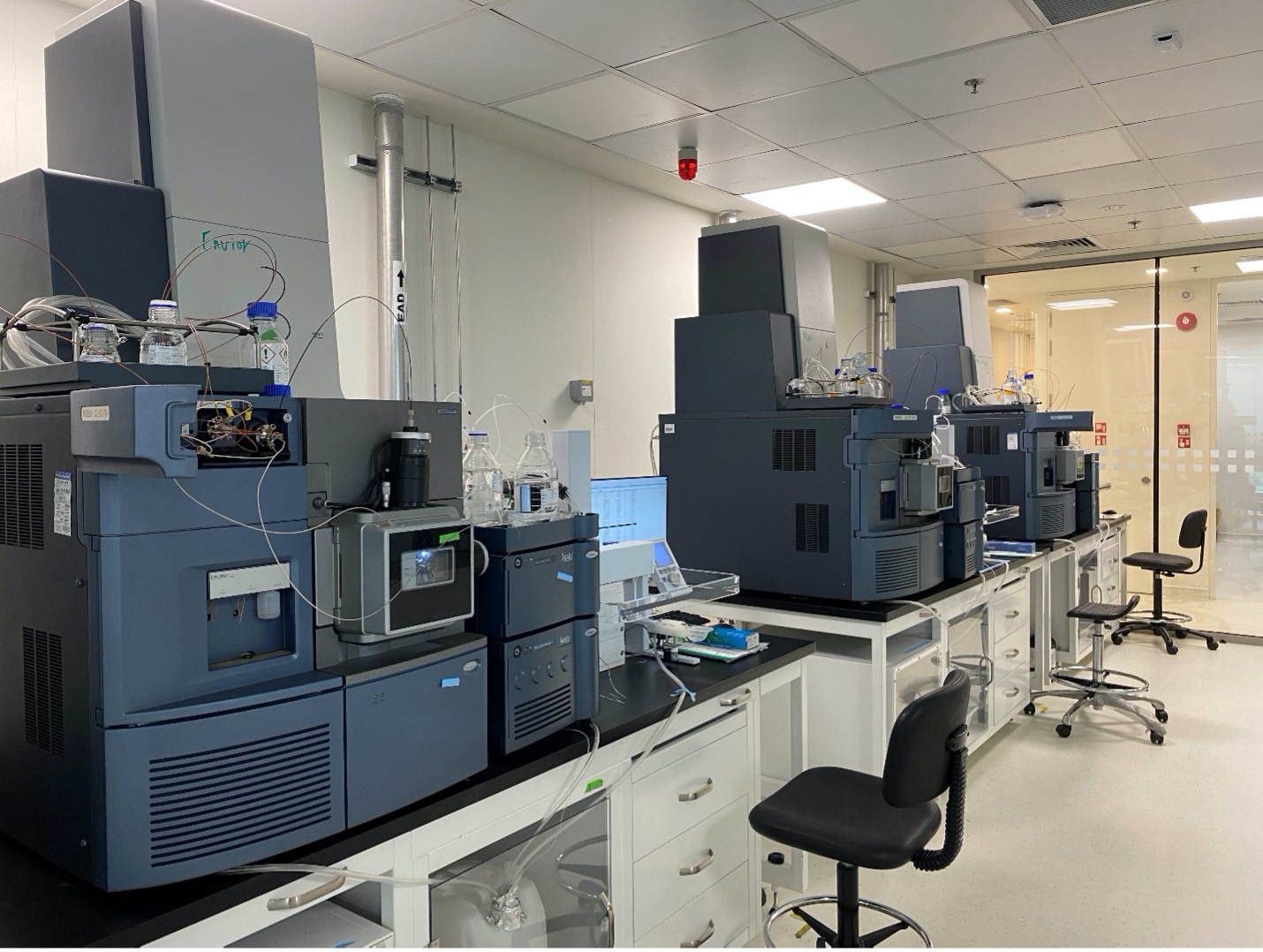
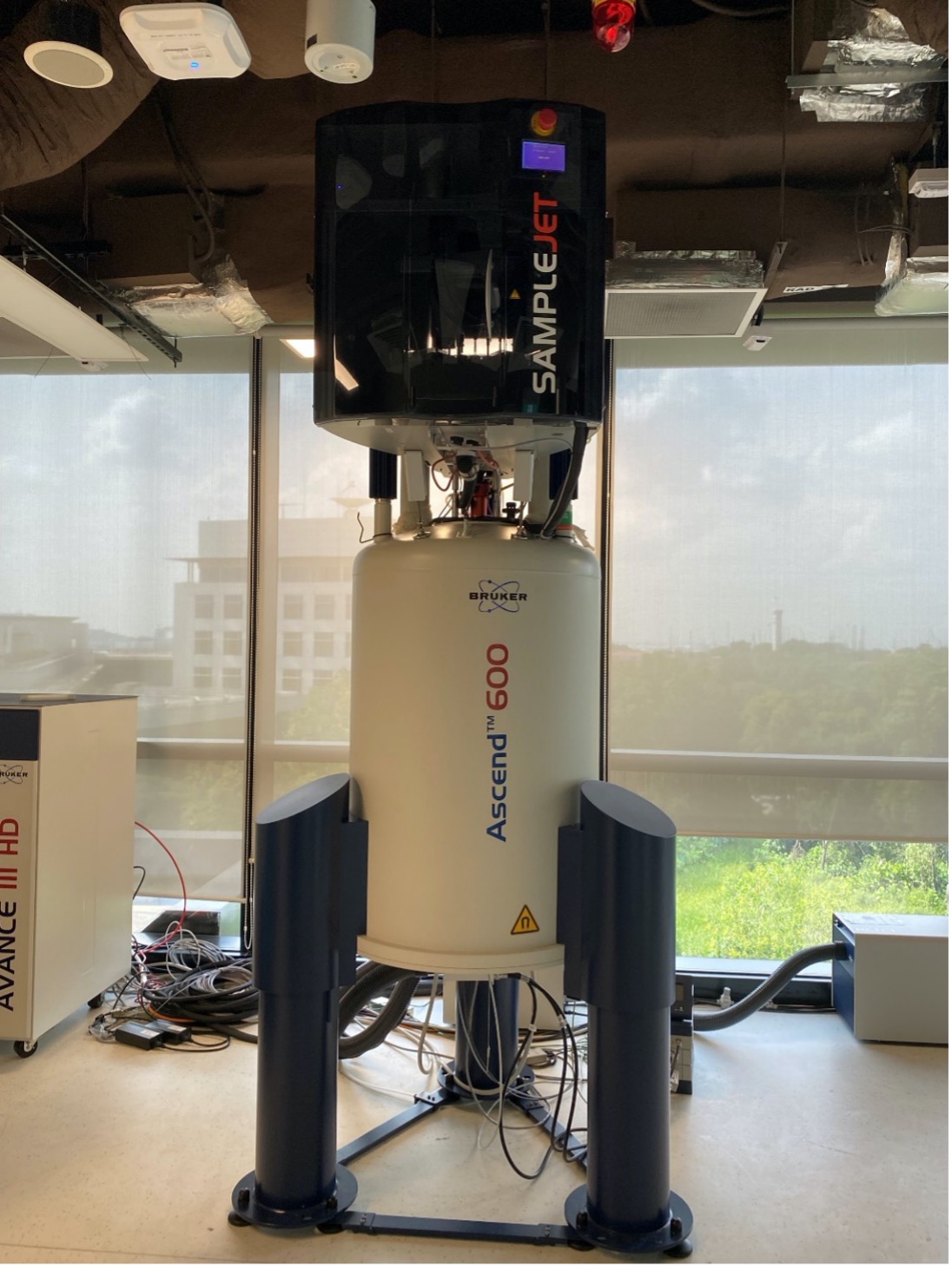
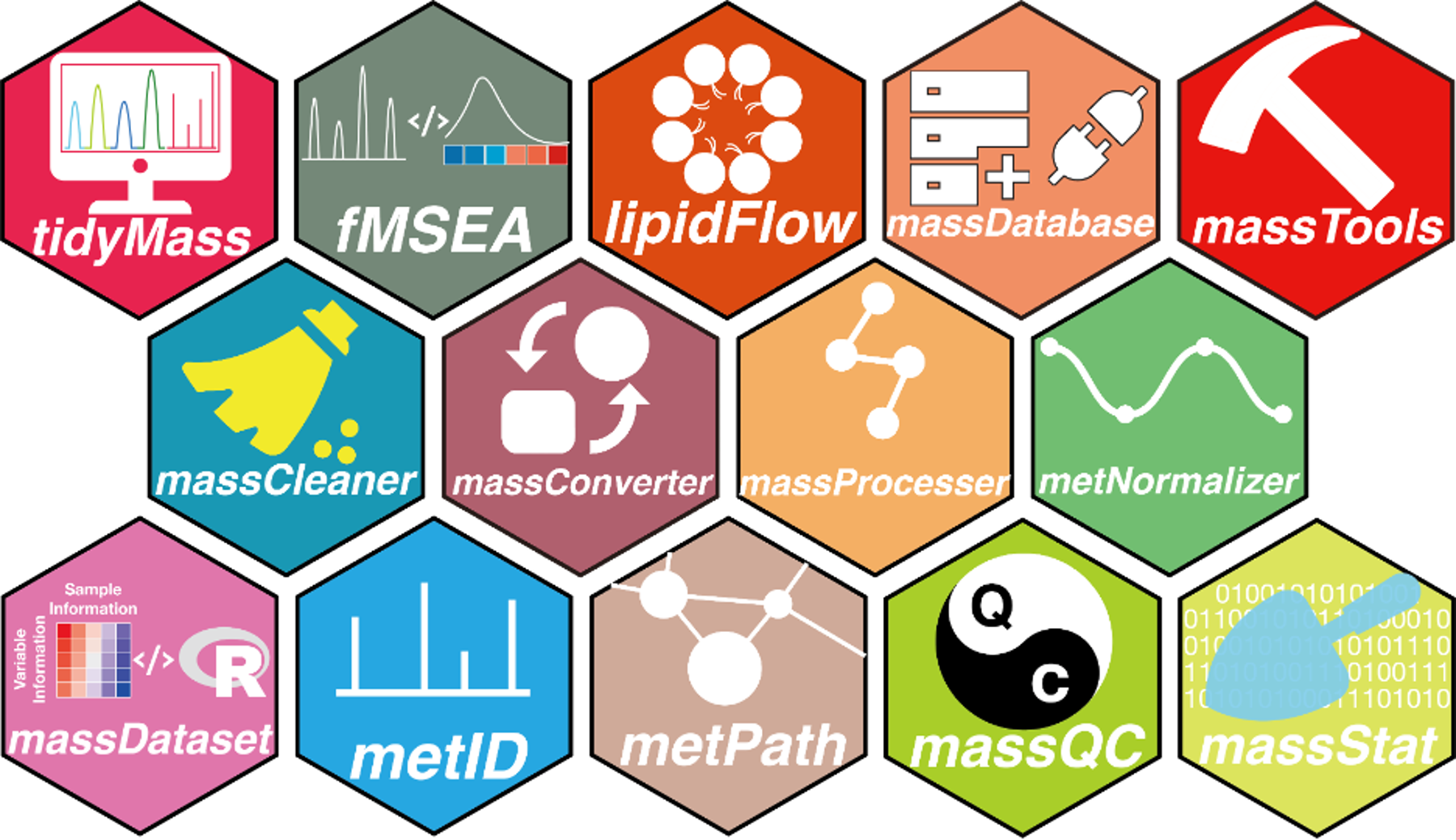
d2a9e634-1d99-41a7-a571-2f814002d6d6.jpg?Status=Master&sfvrsn=d5d53714_3)
dd4a7575-7215-44ea-93f0-9812298bbafe.jpg?Status=Master&sfvrsn=5742f188_3)
The Xevo® G2-S QToF has the potential to profile the broadest range of compounds in the most complex and challenging samples and provide relative abundances of the putative metabolites.
Incorporating StepWave™ ion optics for unsurpassed levels of durable sensitivity, the Xevo G2-S QTof also uses proven quantitative time-of-flight (QuanTof™) technology to deliver superior UPLC®-compatible mass resolution*, matrix-tolerant dynamic range*, quantitive performance, mass accuracy and speed of analysis – simultaneously.
Integration with UltraPerformance LC® delivers the highest quality, most comprehensive information, and enables you to make the right decisions, quickly and confidently.*


There are also MALDI-MS and DESI-MS imaging capabilities for metabolite localisation and distribution studies on tissue samples. Ion mobility separation allows biomolecules to be separated not only by their hydrophobic/hydrophilic properties (RT) and mass (m/z) but also by their size and shape (collisional cross-sections).
The SYNAPT G2-Si System provides a unique platform to further discovery efforts by providing capabilities that go beyond conventional MS instrumentation.
SYNAPT High Definition Mass Spectroscopy® is the combination of high-efficiency T-Wave ion mobility measurements and separations with high-performance tandem MS, enabling the differentiation of samples by size, shape, and charge, as well as mass.
By introducing the orthogonal dimension of gas-phase ion mobility separation, you can take advantage of a molecule’s collision cross-section to significantly enhance separation specificity, sensitivity, and structural insight in your analysis.*
*Adopted from Waters Corporation

